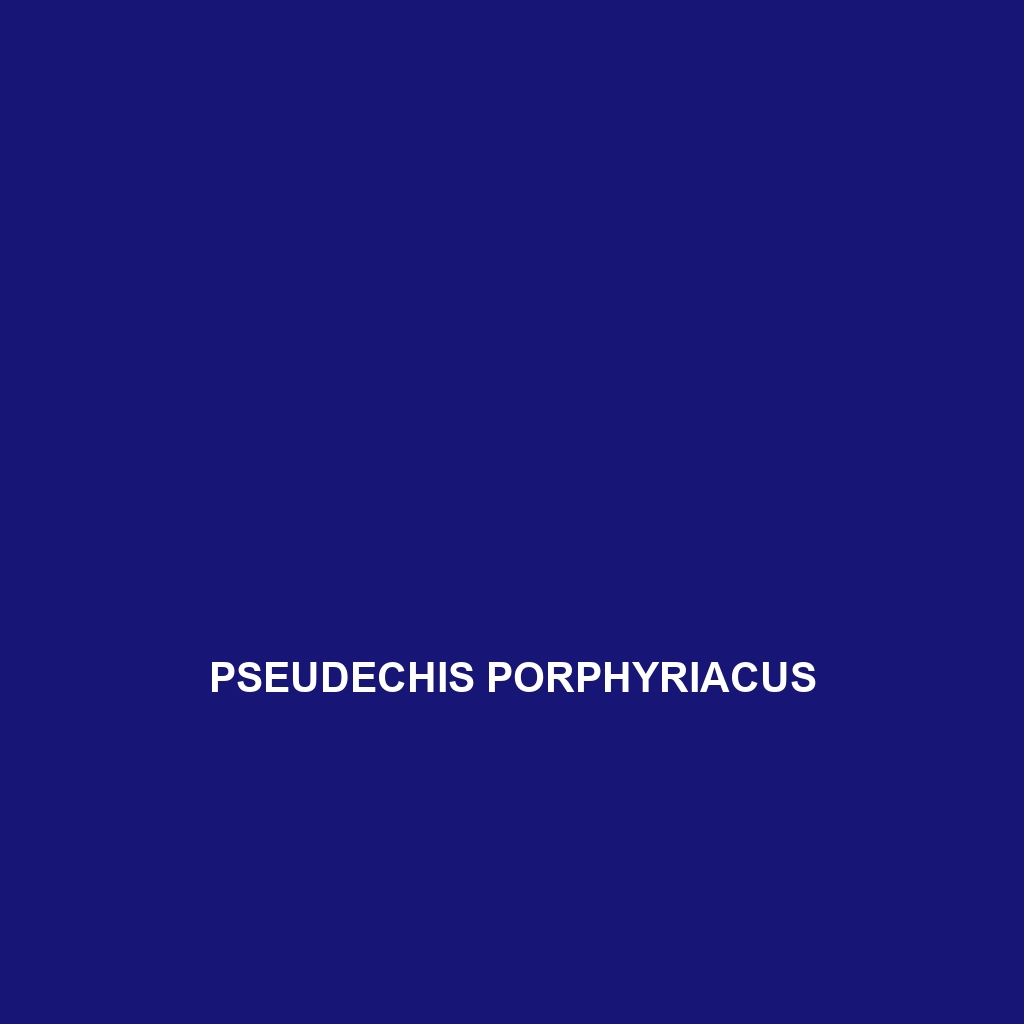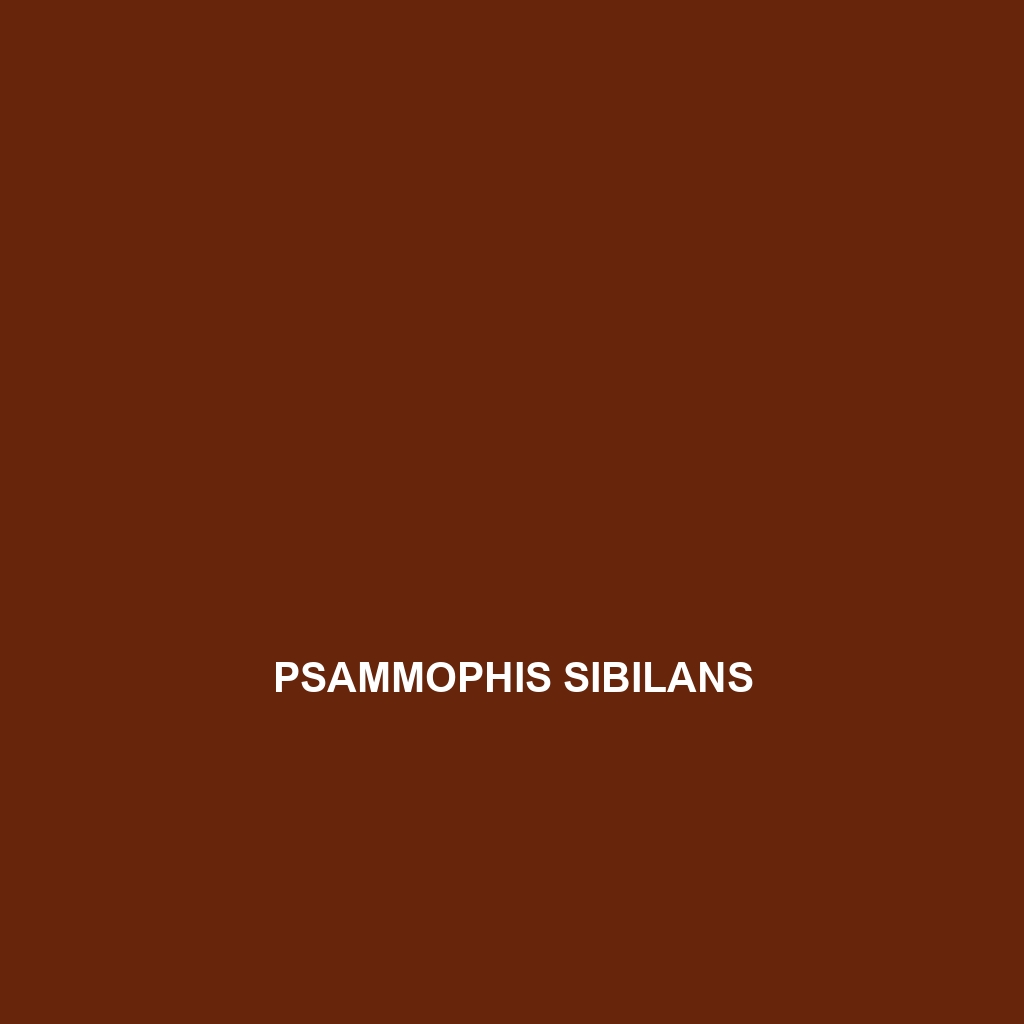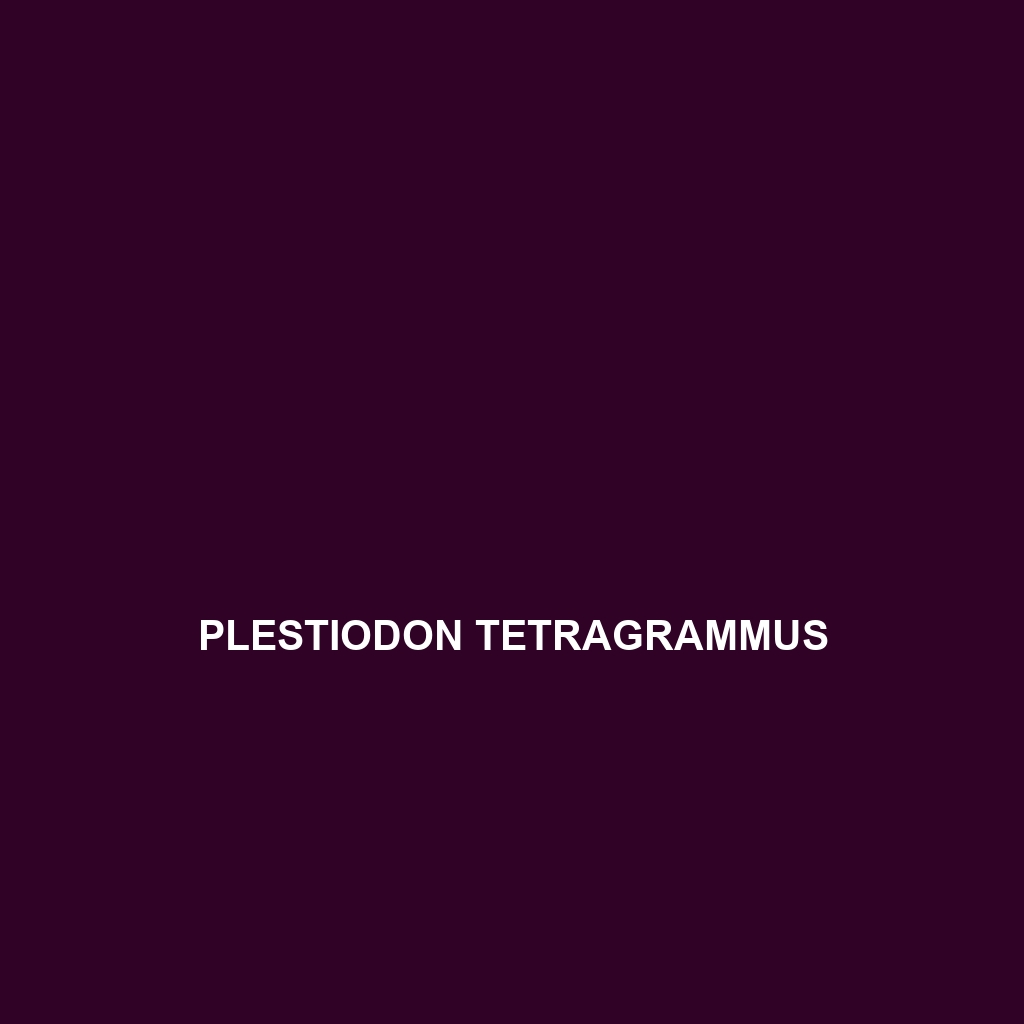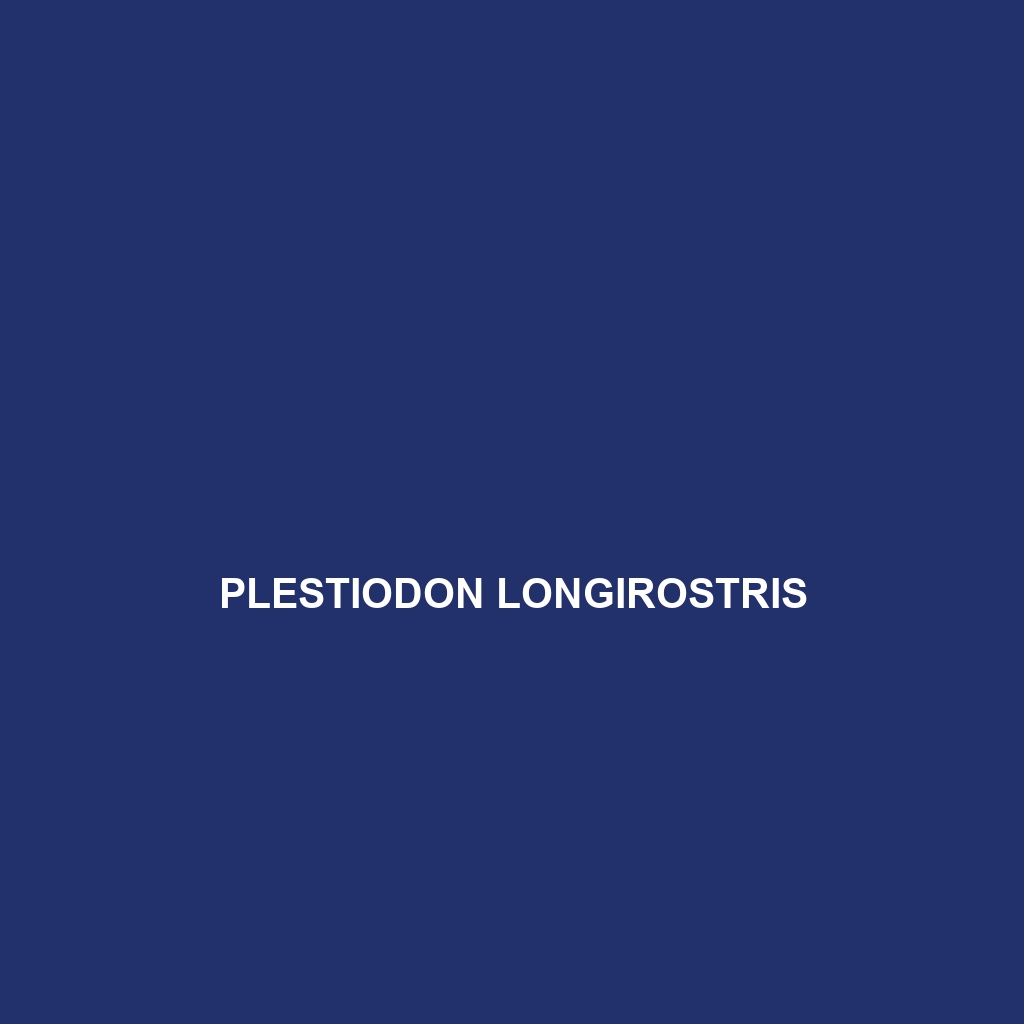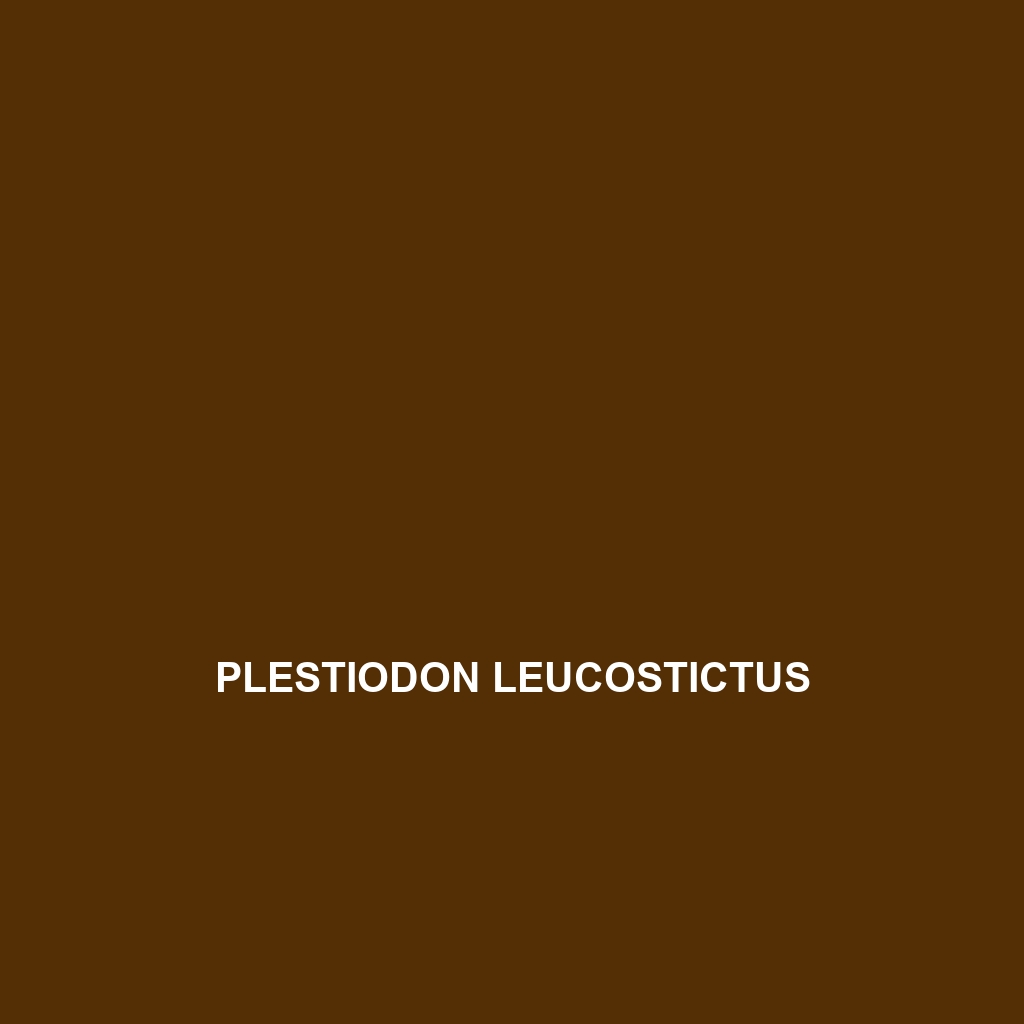<b>Pseudonaja aspidorhyncha</b>, commonly known as the eastern brown snake, is a highly adaptable and agile species found in diverse habitats across eastern Australia. Characterized by its slender body, smooth scales, and potent venom, this carnivorous snake plays a crucial role in regulating small mammal populations while showcasing resilience in urban environments.
Tag: urban wildlife
Pseudogekko pungkaypinit
<b>Pseudogekko pungkaypinit</b> is a medium-sized gecko native to the tropical rainforests of Southeast Asia, particularly the Philippines, characterized by its vibrant green coloration and impressive camouflage. This nocturnal insectivore exhibits unique physical traits, including adhesive toe pads for climbing, and plays an essential role in maintaining ecological balance by controlling insect populations.
Pseudechis porphyriacus
<p><b>Pseudechis porphyriacus</b>, also known as the <i>red-bellied black snake</i>, is a striking Australian species characterized by its glossy black upper body and vibrant red underbelly. Primarily found in humid eastern coastal regions, this non-aggressive, diurnal snake plays a crucial role in its ecosystem as a predator of small mammals and amphibians.</p>
Psammophis sibilans
<b>Psammophis sibilans</b>, also known as the African Slender Snake, is an agile and slender predator that thrives in savannas, grasslands, and subtropical forests across Africa. With a length of 60 to 80 centimeters and a distinctive mix of light browns, greens, and yellows for effective camouflage, this diurnal snake primarily preys on small mammals, lizards, and insects, playing a crucial role in its ecosystem.
Podarcis ionicus
Discover the Ionian wall lizard (Podarcis ionicus), a medium-sized reptile thriving in the coastal regions of Greece, known for its striking olive-green to brown coloration, territorial behavior, and role as an insectivore. This adaptable species, with a length of 18 to 25 centimeters, plays a crucial role in regulating insect populations and maintaining ecological balance in its Mediterranean habitat.
Plestiodon tetragrammus
<p><b>Plestiodon tetragrammus</b>, commonly known as the Four-lined Skink, is a diurnal insectivore native to the southeastern United States, characterized by its slender body, four distinct stripes, and a vibrant blue tail in juveniles. Found in deciduous forests and urban areas, it plays a crucial role in pest control and maintains the ecological balance as both predator and prey.</p>
Plestiodon lotus
<b>Plestiodon lotus</b>, a medium-sized lizard native to the temperate forests and grasslands of eastern Asia, exhibits a slender body with smooth scales ranging from light brown to dark grey and distinctive patterns. Primarily diurnal and insectivorous, they play a vital role in the ecosystem by controlling insect populations and serving as prey for larger species.
Plestiodon longirostris
Discover the Eastern Six-lined Skink (Plestiodon longirostris), a slender, 5-8 inch lizard known for its striking tan or brown body adorned with six vibrant blue or white stripes. Thriving in urban gardens and southeastern forests, this agile insectivore plays a key role in pest control and is recognized for its unique defense mechanism of tail autotomy.
Plestiodon leucostictus
<b>Plestiodon leucostictus</b>, also known as the Southeastern Blue Skink, is a vibrant lizard measuring 7 to 10 inches, characterized by its striking blue coloration and distinctive white or yellowish spots. This adaptable insectivore thrives in diverse habitats across the southeastern United States, playing a crucial role in controlling insect populations while showcasing unique behaviors such as tail regeneration.
Plestiodon latiscutatus
<b>Plestiodon latiscutatus</b>, commonly known as the Broadhead Skink, is a resilient inhabitant of the southeastern United States, thriving in various habitats such as forests and gardens. Recognizable by its robust body and vibrant blue tail, this insectivorous skink plays a crucial role in controlling insect populations while adapting well to human-altered landscapes.


